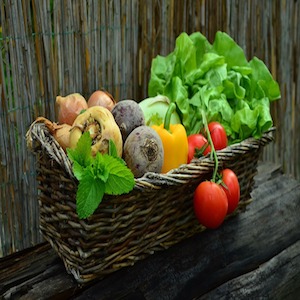Evaluating food safety knowledge and practices among Saudi women in Al-Ahsa Region, Saudi Arabia

Accepted: 16 January 2023
HTML: 6
All claims expressed in this article are solely those of the authors and do not necessarily represent those of their affiliated organizations, or those of the publisher, the editors and the reviewers. Any product that may be evaluated in this article or claim that may be made by its manufacturer is not guaranteed or endorsed by the publisher.
Authors
Foodborne illnesses are responsible for about half a million deaths annually, of which 30% occur among kids. This study aimed to assess the current food safety knowledge and practice level of Saudi women in Al-Ahsa region, Saudi Arabia. A cross-sectional study was conducted through personal interviews among 239 Saudi women. The questionnaire consisted of close-ended questions covering different aspects of food safety knowledge and practices at home and during shopping. Descriptive analyses were used to identify the level of participant's awareness, and the scores were shown in three categories (good – fair – poor) based on their food safety knowledge and practice awareness. The effect of socio-demographic characteristics and their correlation to food safety knowledge and practices was conducted using Chi-square analysis. The results about food safety knowledge showed that around 50% of participants achieved a good score, and 37.5% achieved a fair score, while 12.5% achieved a poor score. In comparison, the participants achieved 75% good score, whereas 12.5% achieved both fair and poor in food safety practices. The results also highlighted a significant correlation (P<0.05) between level of food safety knowledge, practices of participants and their age, marital status, work status, and educational level, while there’s no correlation with their family size and total income. Although, the overall result showed good level in food safety knowledge and slightly less in food safety practices among Saudi women living in Al-Ahsa region, continuous education, training, awareness, and motivation are highly recommended to improve women’s knowledge and practices to higher levels.
Rural Community and Agric. Extension Department, College of Agriculture, Ain Shams University, Egypt
How to Cite

This work is licensed under a Creative Commons Attribution-NonCommercial 4.0 International License.
PAGEPress has chosen to apply the Creative Commons Attribution NonCommercial 4.0 International License (CC BY-NC 4.0) to all manuscripts to be published.

 https://doi.org/10.4081/ijfs.2023.10716
https://doi.org/10.4081/ijfs.2023.10716



